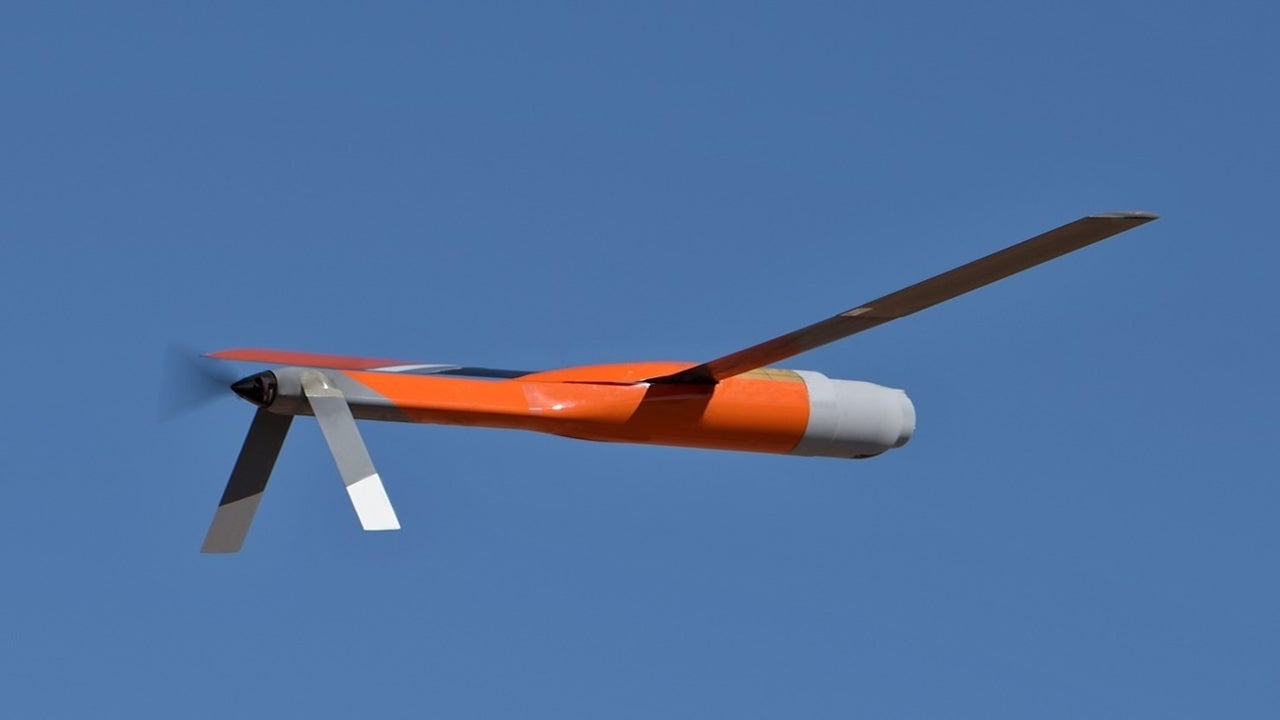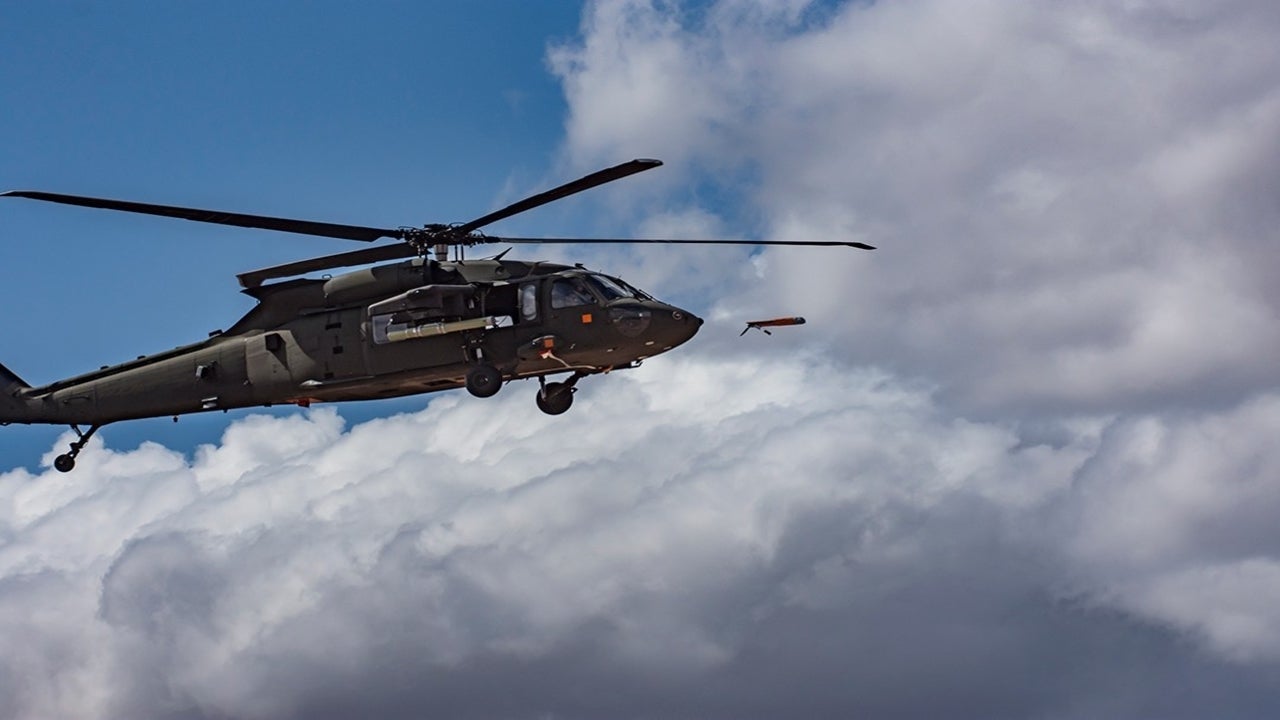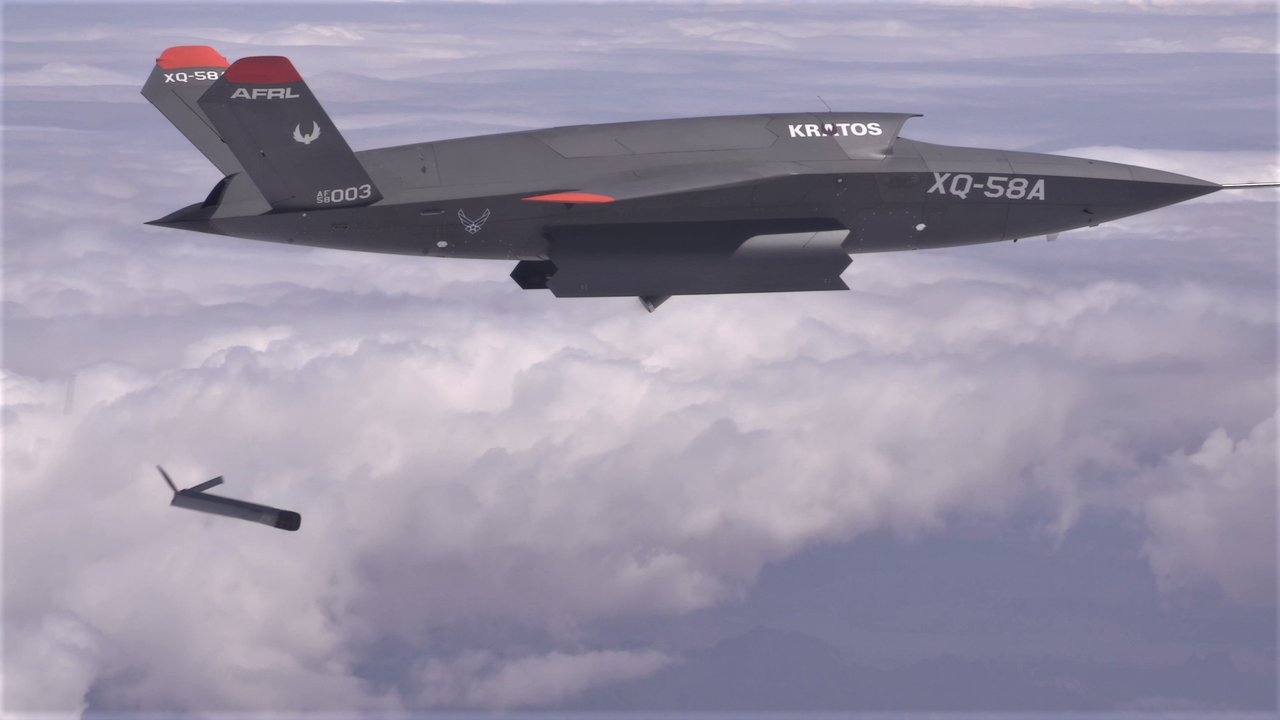ALTIUS-600 is a small unmanned aircraft system (UAS) designed to gather intelligence in real time. The UAS is part of ALTIUS (air-launched, tube-integrated, unmanned system) family of drones developed by Area-I, a US-based aerospace company specialised in the development of unmanned aircraft.
The ALTIUS-600 UAS can be integrated and launched from military aircraft such as C-130A, P-3 Orion, AC-130J, and UH-60. It can also be launched from civilian aircraft, ground vehicles, and sea-based platforms.
The unmanned aircraft’s applications include the counter-unmanned aircraft system (CUAS), intelligence, surveillance, and reconnaissance (ISR), signals and intelligence (SIGINT) collection, and electronic warfare.
ALTIUS-600 drone’s flight tests
In March 2021, an ALTIUS-600 drone was successfully air-launched from Kratos XQ-58A Valkyrie long-range combat unmanned aerial vehicle’s (UAV) internal weapons bay for the first time in a test conducted by Area-I, Kratos, and Air Force Research Laboratory (AFRL) at the US Army Yuma Proving Ground test range, Arizona, US.
The drone was test-launched from the US Army’s MQ-1C Gray Eagle in June 2020. The test demonstrated the drone’s intelligence, surveillance and reconnaissance capabilities and its ability to locate the enemy and relay information.
In March 2020, the unmanned aircraft was air-launched from the US Army’s UH-60 Black Hawk medium-lift helicopter at Yuma Proving Ground in a flight demonstration led by the US Army Combat Capabilities Development Command Aviation & Missile Center.
Design and features of ALTIUS-600
The ALTIUS-600 UAS has a length of 1m and wingspan of 2.54m, while its gross weight is 12.25kg (27lb). The unmanned aircraft features a sleek airframe and an inverted V-tail. Designed to be recoverable, the aircraft can land on any flat terrain.
The drone can be deployed from the ground vehicles, fixed-wing aircraft, helicopters, and maritime platforms using common launch tube (CLT), pneumatically integrated launch system (PILS), and other launch systems. The aircraft’s wings swiftly unfold after ejection from the launch tube.
The UAS’ flight can be manually controlled by its operator with a handheld remote control system or pre-programmed by a ground control station to operate autonomously by following a series of waypoints.
Payloads
The drone carries a modular payload system with a payload capacity up to 3.17kg (7lb) in its nose section. The modular design allows for easy integration of different instruments such as counter unmanned aircraft system (CUAS) jammers, intelligence, surveillance and reconnaissance (ISR), signals intelligence (SIGINT), and electronic warfare (EW) systems. A high explosive or shaped charge warhead can also be fitted to strike targets of opportunity
In addition to mission instruments, the unmanned aircraft also carries video cameras or other sensors to capture imagery and video.
Performance of ALTIUS-600 small UAS
The unmanned aerial vehicle is driven by a two-blade propeller mounted at the rear of the drone in pusher configuration. The cruising and maximum speeds of the ALTIUS-600 drone are 60k and 90k, respectively. The UAS has a range of 440km and can execute missions for up to four hours.
ALTIUS family of aircraft
Area-I’s ALTIUS family of agile-launch, tactically integrated, unmanned aircraft systems also include ALTIUS-500 and ALTIUS-900.
The miniature version ALTIUS-500 is half the size of the ALTIUS-600. The range of ALTIUS-500 is approximately 160km, while its endurance is two hours.
ALTIUS-900, the larger version of ALTIUS-600 UAS, weighs 36.3kg (80lb). The drone offers a range of 1,000km and an endurance of more than 15 hours.
Area-I also developed PTERA flying laboratory, which has a maximum weight of 136kg (300lb) and a payload capacity up to 22.7kg (50lb). The company was acquired by defence technologies provider Anduril Industries in April 2021.






